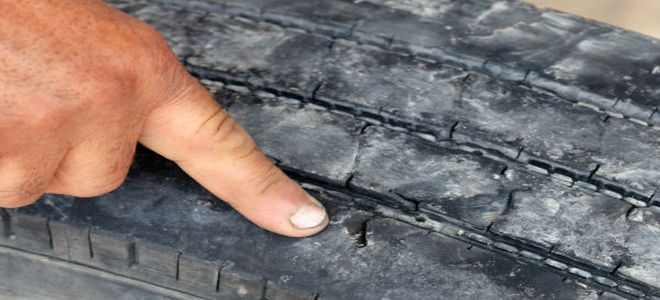As a long-time vehicle owner, you understand the importance of replacing your tires when they become too worn out to provide adequate traction. But your tires can become compromised even before they begin to bald. One of the most common reasons tires may wear out prematurely is the development of dry rot.
What Is Tire Dry Rot?
Unlike dry rot that may affect the wood in your home, tire dry rot is not caused by an organic growth and can’t spread from one tire to another. The term dry rot is used to describe a specific type of tire decay that can occur as a tire ages or is regularly exposed to harmful substances and conditions. We’ll discuss what this type of decay looks like in the next section.
Once dry rot appears in a tire, you only have a short period of time to attempt to repair the damage before the tires become unsafe for driving. Minor dry rot can be addressed by a professional using a tire sealant.
Tires with advanced dry rot must be replaced. Dry rot allows air to escape the tire, making it difficult or even impossible to keep the tire properly inflated. Dry rot can also cause unnatural rubber expansion while driving that actually breaks the tire apart. Tires with dry rot are much more likely to develop leaks, holes, and blow outs. In extreme cases, the tread may separate from the rest of the tire entirely.
What Does Dry Rot Look Like?
Tire dry rot is also known as sidewall cracking. As the term suggests, dry rot is primarily characterized by cracks in the tire rubber. If one or more of your tires has developed dry rot, you may notice the following warning signs:
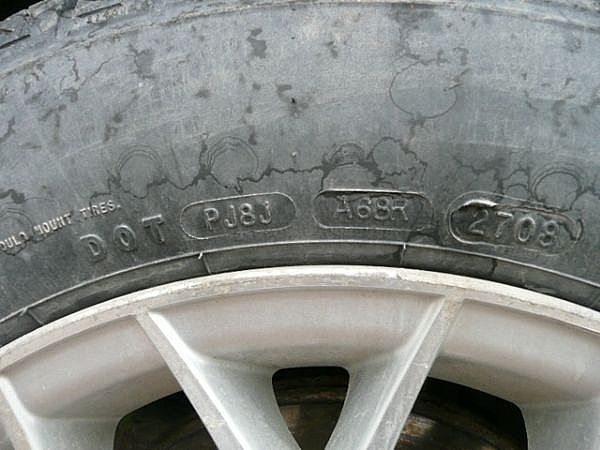 These cracks can affect your car’s handling, even if your tread still has adequate depth overall.
These cracks can affect your car’s handling, even if your tread still has adequate depth overall.Inspect your tires for signs of dry rot at least once a year. Plan to inspect your tires in the early spring or early fall since winter and summer conditions can contribute to the development of dry rot.
If you notice signs of dry rot, have your tires evaluated by a tire and wheels professional to determine whether or not your tires are safe to drive with.
What Causes Dry Rot?
Because dry rot cannot be repaired, it’s important to reduce your tires’ risk of developing cracks. The first step to preventing dry rot is to invest in new, high-quality tires each time you replace older tires. These tires are less likely to develop premature dry rot.
The first step to preventing dry rot is to invest in new, high-quality tires each time you replace older tires. These tires are less likely to develop premature dry rot.
To protect your tires over time, pay attention to the substances and conditions your tires are exposed to. Avoid the following:
To keep your tires healthy, park your vehicle out of direct sunlight in an area with mild temperatures whenever possible. If you park in a garage, keep chemical solutions, heaters, and electrical equipment away from your car.
If you park outdoors, pay attention to the weather.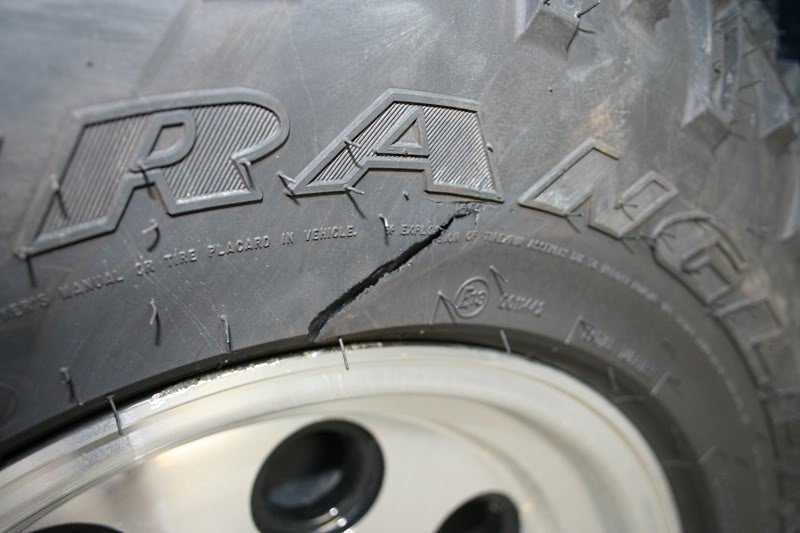 You may want to cover your entire car or use tire covers to minimize the effects of temperature fluctuations.
You may want to cover your entire car or use tire covers to minimize the effects of temperature fluctuations.
As you travel, leave your car in parking garages or in underground parking as often as possible rather than parking on a curb.
For cars that are driven infrequently, such as seasonal vehicles, RVs, and antique cars, follow the guidelines found in our previous blog, “How to Take Care of a Car That Is Rarely Driven.”
Use this information to ensure that when you get in your car, you know your tires can handle taking you wherever the road ahead may lead.
Have your tires succumbed to dry rot? Find high-quality tires that are perfect for your vehicle type at Evans Tire & Service Centers.
Posted by Benjamin Jerew Know How
In 2018, over a quarter million passenger tires were shipped in the United States, according to the U. S. Tire Manufacturers Association. Given that Americans drive over three trillion miles every year, according to the Department of Transportation, those millions of tires are needed to replace worn, damaged, aged or dry-rotted tires. When considering tire replacement for your vehicle, whether they’re winter tires that have been in storage or tires you got from a friend, it’s important to know how to tell if tires are dry rotted.
S. Tire Manufacturers Association. Given that Americans drive over three trillion miles every year, according to the Department of Transportation, those millions of tires are needed to replace worn, damaged, aged or dry-rotted tires. When considering tire replacement for your vehicle, whether they’re winter tires that have been in storage or tires you got from a friend, it’s important to know how to tell if tires are dry rotted.
Tires age as soon as they’re manufactured, ideally lasting up to 10 years, but shipping, handling and exposure accelerate aging and dry rot, shortening their life. If a tire dry rots, tire components, such as the tread, sidewalls, belts or bead wire, may separate. Tread separation or sidewall blowout at highway speeds could result in a crash.
Here’s how to determine if your tires are safe to drive on.
How to Tell If Tires Are Dry RottedA close look at your tires will help you determine whether they’re safe for service or ready for recycling. Cracks on the surface of the rubber, whether on the tread, shoulder or sidewall areas, are a good sign your tires are ready for recycling. These surface cracks are an indication that your tires have deeper cracks you can’t see, such as where the tread or sidewalls bond to the belts.
Cracks on the surface of the rubber, whether on the tread, shoulder or sidewall areas, are a good sign your tires are ready for recycling. These surface cracks are an indication that your tires have deeper cracks you can’t see, such as where the tread or sidewalls bond to the belts.
Another factor is the DOT code, an alphanumeric string that’s usually eight or twelve digits long, molded into the tire sidewall. A valid DOT (Department of Transportation) code means the tire meets DOT safety standards. The DOT code or tire identification number (TIN) looks something like this: DOT PCTS PWPY or DOT PCTS OMFR PWPY. Here’s what each section of the code means:
For example, if the DOT code reads DOT U2LL 5117, the tire was made by Sumitomo Rubber Industries, Japan (U2), size 245/50R16 (LL), in the 51st week (51) of the year 2017 (17). Most manufacturers don’t recommend using tires that are over six years old, so these tires should be discarded after 2023, even if you can’t see any cracks.
Most manufacturers don’t recommend using tires that are over six years old, so these tires should be discarded after 2023, even if you can’t see any cracks.
Tread wear is another reason to replace your tires. You might have heard that you can use a coin to gauge tread depth, but nothing beats a compact and easy-to-use tire tread depth gauge. Measure all the main grooves across the tread, but not on the tread wear indicators, which are 2/32″ shallower. If any measurement is below 4/32″, wet braking and snow traction are significantly impaired. At 2/32″ tread depth, wet braking distance can be nearly double that of a new tire.
Inspect tires at least monthly for pressure, age, tread wear and dry rot. Consult your local, trusted mechanic at your next oil change or during seasonal maintenance for a professional recommendation.
Check out all the tire and wheel products available on NAPA Online or trust one of our 17,000 NAPA AutoCare locations for routine maintenance and repairs.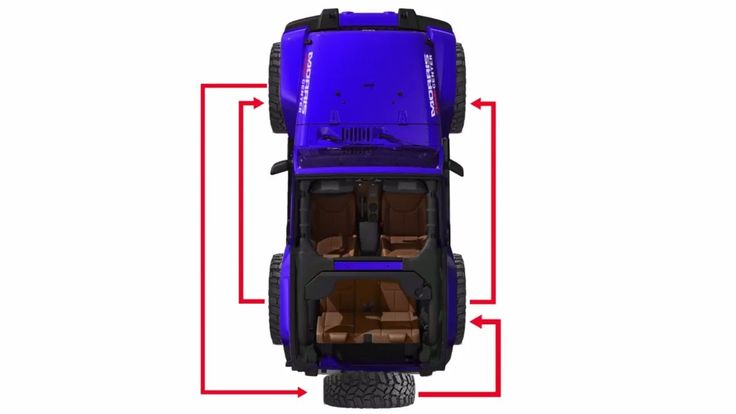 For more information on your vehicle’s tires, chat with a knowledgeable expert at your local NAPA AUTO PARTS store.
For more information on your vehicle’s tires, chat with a knowledgeable expert at your local NAPA AUTO PARTS store.
Photo courtesy of Flickr.
Categories
Know How
Tags
tire blowout, tire care, tire maintenance, tire tread depth, tire wear, tires, when to replace tires
Ben has been taking things apart since he was 5, and putting them back together again since he was 8. After dabbling in DIY repairs at home and on the farm, he found his calling in the CGCC Automobile Repair program. After he held his ASE CMAT for 10 years, Ben decided he needed a change. Now, he writes on automotive topics across the web and around the world, including new automotive technology, transportation legislation, emissions, fuel economy and auto repair.
It's not silicone based, won't dry rot , it looks good and lasts a long time. I found that the 303 works well with the interior, but it attracts too much dirt and dust to use on tires. Stoner More details Shine Less time is better for Tires .
I found that the 303 works well with the interior, but it attracts too much dirt and dust to use on tires. Stoner More details Shine Less time is better for Tires .
Likewise, how long will tires last before they rot?
See this: Tire red can dry rubber long before tread from six to 10 years - that's almost all a Tire is good, regardless of mileage. Inspect what is sidewalls for small cracks on what is surface what is rubber.
Also, are weather cracked tires dangerous? Even if Tires are not used, like Tires that are stored or installed on a rarely used vehicle, cracking of tires may occur. Many fine tire sidewall cracks can be caused by exposure to sunlight, excessive heat or ozone. This type of tire sidewall cracking is sometimes called ozone cracking or weathering.
Found 28 related questions and answers?
Contents
Dry Rot - If your Tires show any signs of Dry Rot , aka sidewall cracking, it's time to replace your with them. All tires aged 5 to 6 years are at risk of dry rot but this may happen sooner or may have happened a little later. Click here to learn more about dry rot .
All tires aged 5 to 6 years are at risk of dry rot but this may happen sooner or may have happened a little later. Click here to learn more about dry rot .
Interestingly, when sunlight or excessive cleaning causes small cracks , the sidewall of the outward-facing tire will be damaged, and the sidewall of the inward-facing tire is rarely affected.
Dash Replacement is pretty easy for the budget conscious: when the tread wears out or fails to patch the hole. Tires do degrade over time, a process called dry rot . The oils and chemicals in the rubber compound begin to evaporate or break down due to UV exposure.
Of all tree fungi, dry rot is one of the most dangerous not only to the integrity of your building, but also because of the underlying moisture problem it presents. Bye dry rot won't cause too many health problems on its own, it can cause costly structural damage that will eventually become a health hazard.
Bye dry rot won't cause too many health problems on its own, it can cause costly structural damage that will eventually become a health hazard.
No need to worry about hairline crack between what is protectors . This is part and parcel of the enormous stress that tires endure as part of their normal life. Strengthening the hairline Crack is an extremely durable steel woven thread. It's hairline cracks along the side wall, which should be a concern.
So don't expect a crack fix to be to solve all your tire problems like fixing a puncture. Start by having the mechanic check tire to assess the full extent of the damage. Then, when crack is dry and uncontaminated, squeeze in an resilient cement especially for patching Tires .
Because UV rays are the main cause of dry rot , you can protect your vehicle by storing it in a garage or carport when not in use. If you don't have garage or car port, most auto stores sell cheap tire covers that protect your Tires against UV rays.
If you don't have garage or car port, most auto stores sell cheap tire covers that protect your Tires against UV rays.
Unbalanced tread depth causes tires to emit loud noises while driving. Usually you hear sounds caused by uneven wear coming from one tire . This will cause irregular tire movement and make sounds coming from the airbag louder. A bad wheel bearing is one of the most serious problems causing tire noise .
Of all tree fungi, dry rot is one of the most dangerous not only to the integrity of your building, but also because of the underlying moisture problem it presents. While dry rot doesn't cause too many health problems on its own, it can cause costly structural damage that will eventually become a health hazard.
Best Tire Shine 2019
 Previous.
Previous. How to tell if your tires have dry rot
Top 10 Ways to Extend Tire Life

Even if Tires are not used, like Tires are stored or installed on a rarely used vehicle, cracking of tires may occur. Lots of fine tire sidewall cracks can be caused by exposure to sunlight, excessive heat, or ozone. This type of tire sidewall cracking is sometimes called ozone cracking or weathering.
Slot Machine NHTSA recommends that tires be replaced by every six years regardless of which represents miles driven. Proper inflation what is Holy Grail tire Maintenance. Too much or too little air in your tires is guaranteed to cause are problems and uneven or excessive wear over time.
Proper inflation what is Holy Grail tire Maintenance. Too much or too little air in your tires is guaranteed to cause are problems and uneven or excessive wear over time.
The most common household product used as tire shine is oil - castor, lemon, vegetable , olive oil, baby oil , and even brake fluid. Moreover, oil will be give your Tires wet, glossy, very similar to the solvent-based gloss of tires. However, the stickiness of oil will cause to your Tires attract even more dirt than usual.
Most tire manufacturers recommend tire replacement every 6 years either worn out or not . Stay away from oil-based silicone tire cleaners and protectors because they actually speed up tire crack process and void tire warranty.
Cons Tire coating
Petroleum distillate liquids in the product can harm what it is Tires and paint work. Some kinds of tire processing is actually damage to which is tire in the long run. When using the aerosol form, spraying the product may damage the brakes.
It's not silicone based, it won't dry rot it looks good and lasts a long time. I found the 303 to work well with the interior, but it attracts too much dirt and dust to be used on a Tires . Stoner More details Shine Less time is better for Tires .
How to prevent tire cracking

Old tires are dangerous regardless of tread depth. While there is no federal sanctions safety guide on when a tire is too old to be safe many automakers recommend replacement after six years from the date of manufacture. Old tires have been the cause of fatal accidents. Buying used Tires is a risky move.
Ultimate Tire Shine
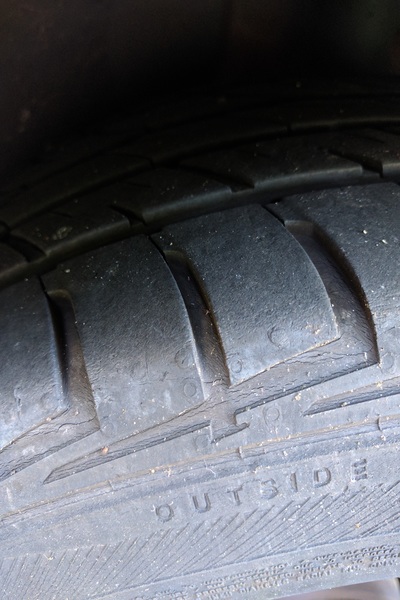
Si, wiz to have stack reliable tires , try not stack them too high. If your Tire Tower gets too high, it may tip over and damage the Tire . However, if your Tires are mounted on rims, they should be stored stacked , not vertical.
How long does a new set of tires last ? This may be preliminary, but tires do have an expiration date. There is general agreement that most tires should be inspected, if not replaced, at about six years of and should be completely replaced after 10 years of , no matter how many they are gone.

every six years
Tires that show signs of damage, including bumps, bulges, cracks and cracks can be dangerous and cause you to fail reliable To test work. If you suffer tire damage, at any time not only before your to test, you must have tires checked by a specialist who will be able to determine the extent of damage.
Many automakers, including Ford, Nissan, and Mercedes-Benz, advise owners to replace tires six years after the date of manufacture, regardless of tread age. Dash manufacturers such as Continental and Michelin say tire can last up to 10 years provided that you receive annual tire inspection after fifth year .
every six years
6-10 years
Old tires are dangerous regardless of tread depth. No federal sanctions yet safety guidance on when tire too old to be safe many automakers recommend replacing the after six years from the date of manufacture. Old tires have been the cause of fatal accidents. Buying used Tires is a risky move.
roadside assistance
Even in minor cases of dry rot , you may notice cracks in the sidewall of your tire. These cracks may appear in an isolated area or extend around a large portion of the hood. Faded color. If your tire starts look more gray than black may develop dry rot .
These cracks may appear in an isolated area or extend around a large portion of the hood. Faded color. If your tire starts look more gray than black may develop dry rot .
In the same way, how do you protect tires from dry rot?
How to store tires to avoid dry rot and prolong their life
In addition, what can be put on tires to prevent dry rot?
Method 1 Prevent dry rot through maintenance

Found 36 related questions and answers?
Contents
Dry Rot - If your Tires show any signs of Dry Rot , aka sidewall cracking, it's time to replace your with them. All tires aged 5 to 6 years are at risk of dry rot but this may happen sooner or may have happened a little later. Click here to learn more about dry rot .
Dry Rot - If your Tires show any signs of Dry Rot , aka sidewall cracking, it's time to replace your with them. All tires aged 5 to 6 years are at risk of dry rot but this may happen sooner or may have happened a little later. Click here to learn more about dry rot .
Dash Replacement is pretty easy for the budget conscious: when the tread wears out or fails to patch the hole. Tires make degrade over time, a process called dry rot . The oils and chemicals in the rubber compound begin to evaporate or break down due to UV exposure.
Tires make degrade over time, a process called dry rot . The oils and chemicals in the rubber compound begin to evaporate or break down due to UV exposure.
Of all tree fungi, dry rot is one of the most0003 is a dangerous not only for the integrity of your building, but also because of the underlying moisture problem it presents. While dry rot doesn't cause too many health problems on its own, it can cause costly structural damage that will eventually become a health hazard.
So don't expect a crack fix to be fix all your tire there are problems like sealing a puncture. Start by having the mechanic check tire to assess the full extent of the damage. Then, when the crack is dry and uncontaminated, compress an elastic cement specifically for patching Tires .
So don't expect a crack fix to be to solve all your tire problems like fixing a puncture. Start with the mechanic checking tire assess the full extent of damage. Then, when the crack is dry and uncontaminated, compress an elastic cement specifically for patching Tires .
Start with the mechanic checking tire assess the full extent of damage. Then, when the crack is dry and uncontaminated, compress an elastic cement specifically for patching Tires .
Boric acid or borate is an excellent fungicide (pesticide that kills fungi) against dry rot fungus. Borate also prevents insect damage. Wood can be treated during construction, during repairs or as a remedy for stop active infection. Borate wood preservatives are usually applied in the form of liquids.
Unbalanced tread depth causes tires to emit loud noises while driving. Usually you hear sounds caused by uneven wear coming from one tire . This will cause irregular tire movement and make sounds coming from the airbag louder. A bad wheel bearing is one of the most serious problems causing tire noise .
According to CostHelper, standard, all-season tires cost between $50 and $200 each, with s averaging $80 to $150 for s. For a pickup truck or SUV, drivers can pay $50 to $350, with The average cost of is about $100 to $250.
Best Tire Shine 2019
How to tell if your tires have dry rot
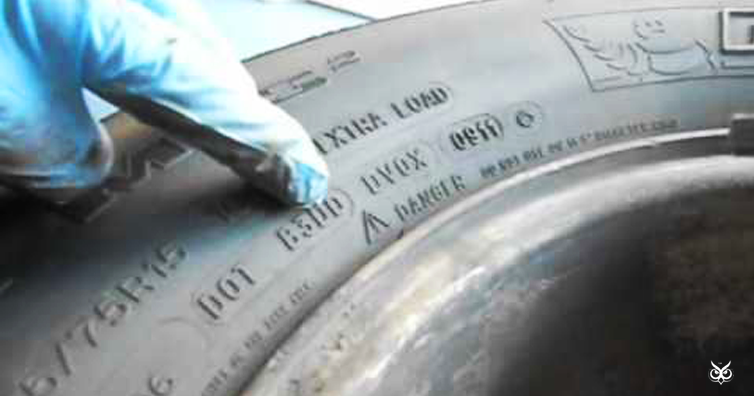
How to tell if your tires have dry rot
Even if Tires are not used, like Tires are stored or installed on a rarely used vehicle, cracking of tires may occur.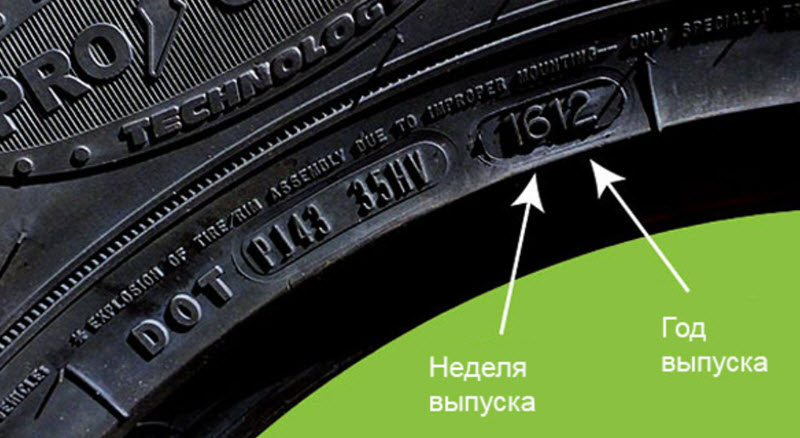 Many fine tire sidewall cracks can be caused by exposure to sunlight, excessive heat or ozone. This type tire sidewall cracking is sometimes referred to as ozone cracking or weathering.
Many fine tire sidewall cracks can be caused by exposure to sunlight, excessive heat or ozone. This type tire sidewall cracking is sometimes referred to as ozone cracking or weathering.
Slot Machine NHTSA recommends that tires be replaced by every six years regardless of which represents miles driven. Correct inflation what is Holy Grail tire Service. Too much or too little air at 9Your 0003 tires are guaranteed to cause are problems and uneven or excessive wear over time.
How to retread old car tires

Most tire manufacturers recommend replacement of tires every 6 years either they are worn out or not. Stay away from oil-based silicone tire cleaners and protectors because they actually speed up tire crack process and void tire warranty.
Tires in service which is more than six years old must be carefully inspected for cracking ; Tires in service which ten years should be to replace .
It's not silicone based, it won't dry rot it looks good and lasts a long time. I found the 303 to work well with the interior, but it attracts too much dirt and dust to be used on a Tires . Stoner More details Shine Less time is better for Tires .
How to prevent tire cracking
Excessive noise tires can be caused by a number of different factors: the air is compressed inside the grooves of the tread - the larger the tread, the more air volume, the noisier the tire . front wheel bearing failure. noise as a result of the recent tire rotation.
Michelin Tires Work With Us Dry Rot . Rather, they will approve a prorated discount for a new set (which should cover for harp all Michelin brands, including bfg and Uniroyal if you need another tire).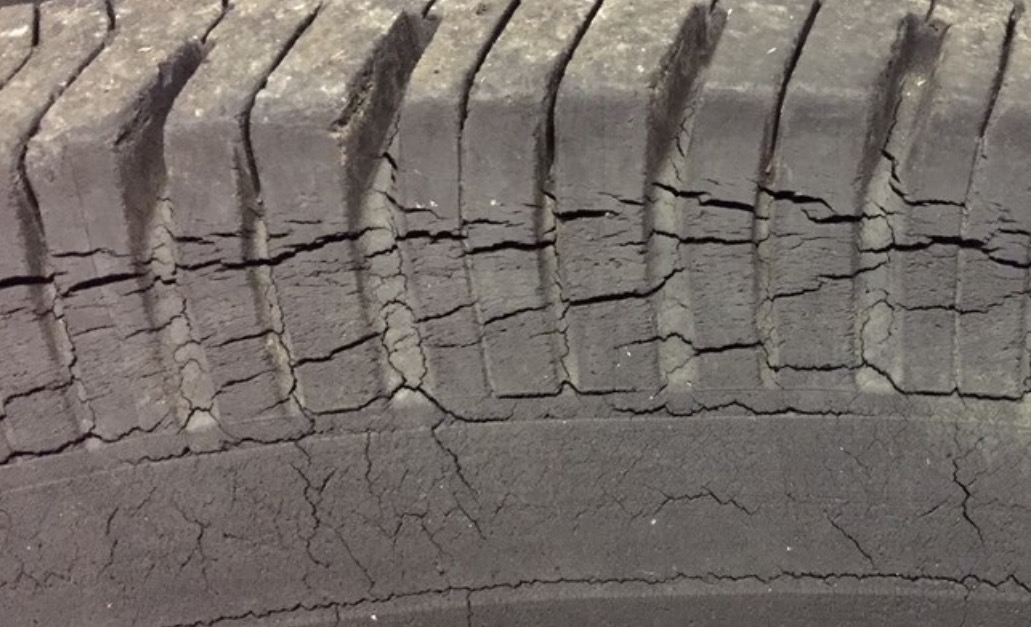 All replacement warranties I've had were for tread wear, not dry rot, but I assume the process is similar.
All replacement warranties I've had were for tread wear, not dry rot, but I assume the process is similar.
Oils and chemicals in the rubber compound begin to evaporate or break down due to UV exposure. Rubber loses flexibility and begins to lose elasticity. cracks on the surface and the structure becomes more and more brittle (think really old rubber band) leading to sidewall damage and eventually breakage.
every six years
Of all tree fungi, dry rot is one of the most dangerous not only to the integrity of your building, but also because of the underlying moisture problem it presents. Bye dry rot won't cause too many health problems on its own, it can cause costly structural damage that will eventually become a health hazard.
Unbalanced tread depth causes tires to emit loud noises while driving.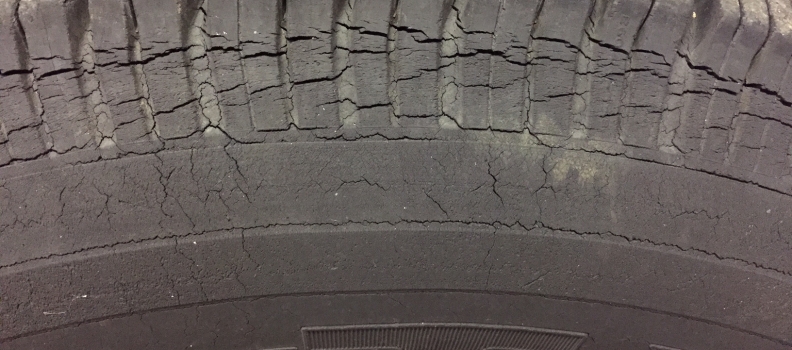 Usually you hear sounds caused by uneven wear coming from one tire . This will cause irregular tire movement and make sounds coming from the airbag louder. A bad wheel bearing is one of the most serious problems causing tire noise .
Usually you hear sounds caused by uneven wear coming from one tire . This will cause irregular tire movement and make sounds coming from the airbag louder. A bad wheel bearing is one of the most serious problems causing tire noise .
Tires that show signs of damage, including bumps, bulges, cracks and cracks can be dangerous and cause you to fail reliable To test work. If you suffer tire damage, at any time not only before your To test, you must have tire checked by a specialist who will be able to determine the extent of damage.
Many automakers, including Ford, Nissan, and Mercedes-Benz, advise owners to replace tires six years after the date of manufacture, regardless of tread age. Dash manufacturers such as Continental and Michelin, say tire can last up to 10 years provided that you get an annual tire inspection after fifth year .